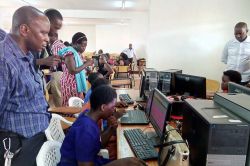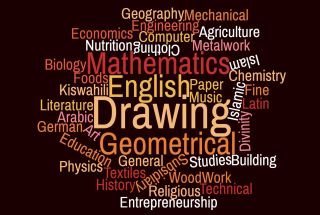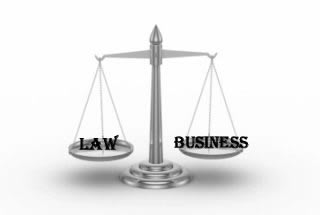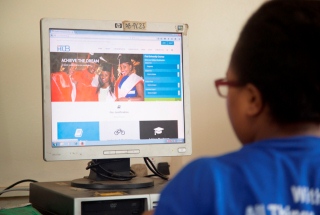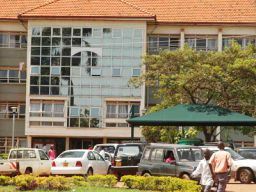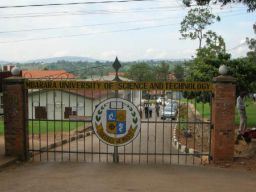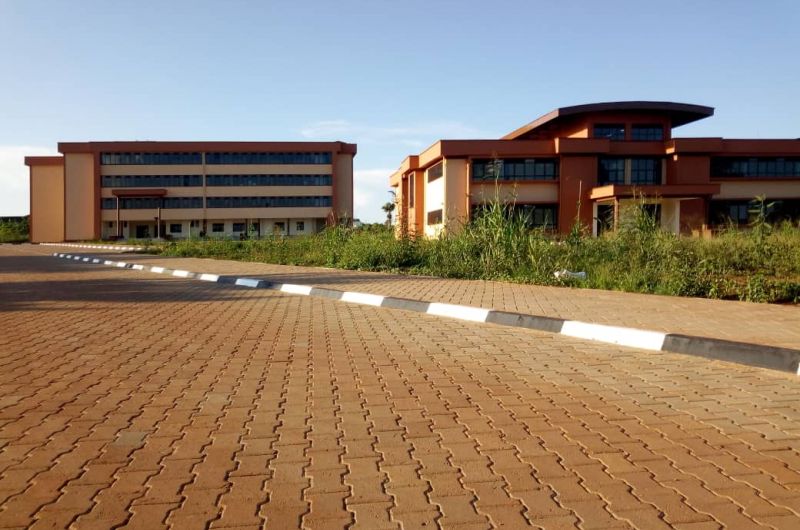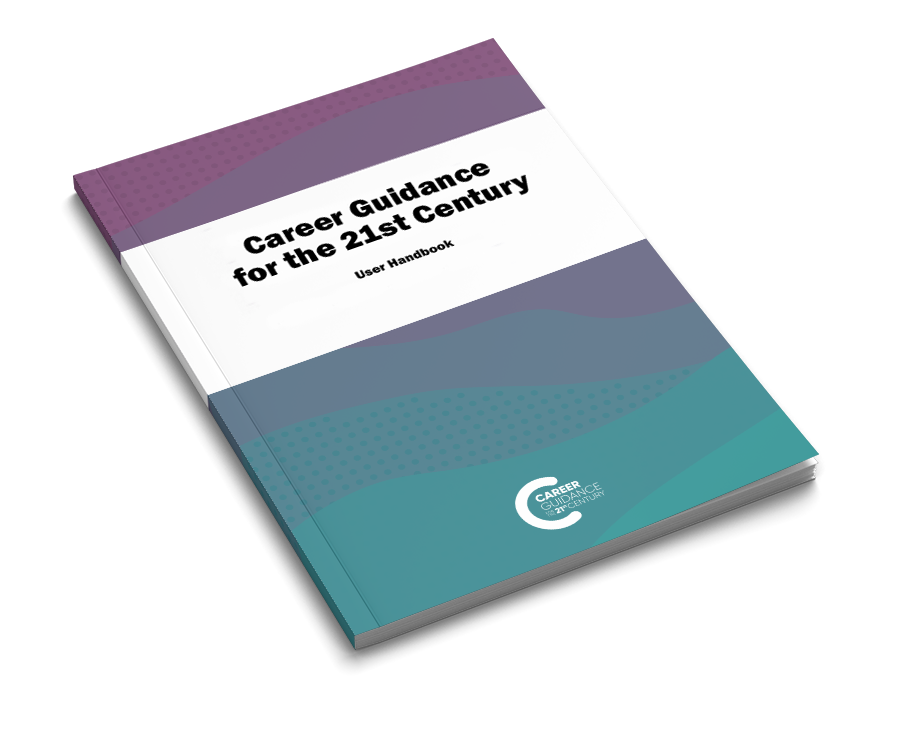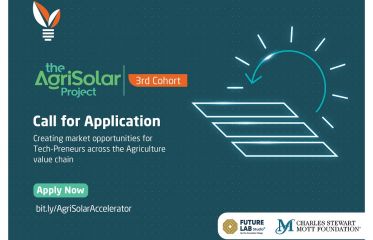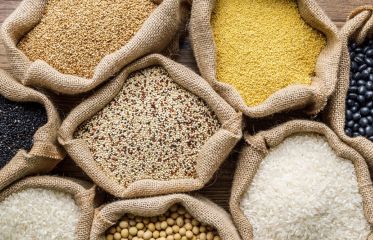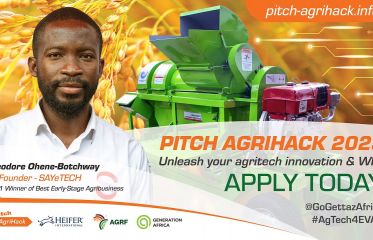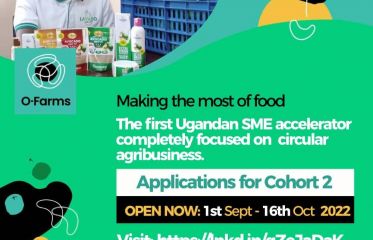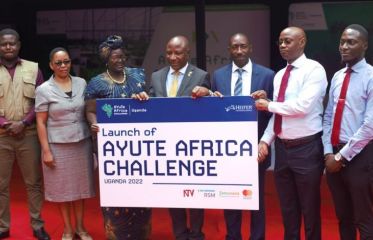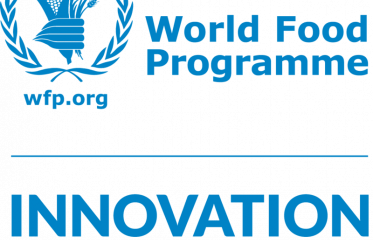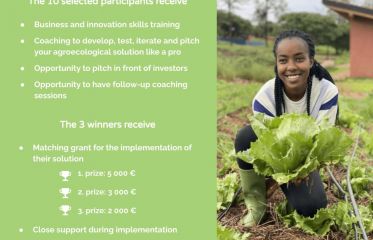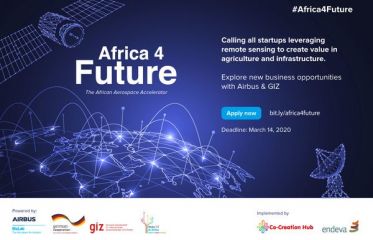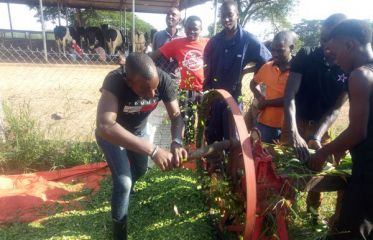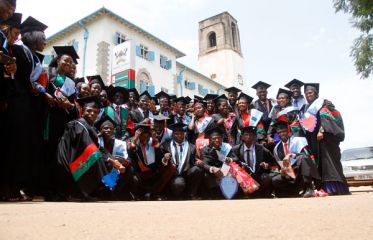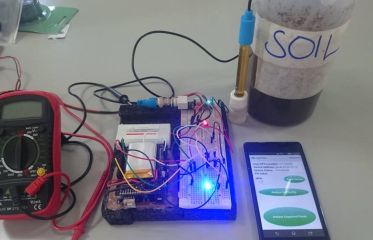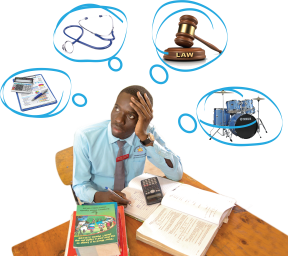Breaking News
- Flexible Remote Work Opportunity for University Students: Earn $100–$250 Per Month ...Read More
- Ministry of Education and Sports Azerbaijan Government Scholarships For 2025-2026 Academic Year ...Read More
- Government Sponsorship Undergraduate Admission Lists 2025-26 for Makerere University ...Read More
- Ministry of Education And Sports: Egyptian Government Scholarships 2025-2026 Academic Year ...Read More
- Ground Breaker Full Scholarship for girls to study Software Engineering 2025 July Intake ...Read More
- Tony Elumelu Foundation Entrepreneurship Programme (TEEP) 2025 for young African Entrepreneurs ...Read More
- DESIGNING FUTURES 2050 International Design Competition 2025 (€15,000 prize) ...Read More
- Ground Breaker Full time Scholarship for girls to study Software Engineering 2025 Intake ...Read More
- Ministry of Education And Sports Algerian Vocational Training Scholarships for 2024-2025 AY ...Read More
- Ministry of Education and Sports Advert for the Algerian Government Scholarships for 2024-2025 ...Read More
Farm and Ranch Manager
Plan, direct, or coordinate the management or operation of farms, ranches, greenhouses, aquacultural operations, nurseries, timber tracts, or other agricultural establishments. May hire, train, and supervise farm workers or contract for services to carry out the day-to-day activities of the managed operation. May engage in or supervise planting, cultivating, harvesting, and financial and marketing activities.
Add to FavouritesSample of reported job titles: Accredited Farm Manager (AFM), Cash Crop Farmer, Dairy Farmer, Farm Manager, Farm Operator, Farmer, Grain Farmer, Ranch Manager, Rancher, Sow Farm Manager
Plan, direct, or coordinate the management or operation of farms, ranches, greenhouses, aquacultural operations, nurseries, timber tracts, or other agricultural establishments. May hire, train, and supervise farm workers or contract for services to carry out the day-to-day activities of the managed operation. May engage in or supervise planting, cultivating, harvesting, and financial and marketing activities.
Daily Tasks
1. Inspect orchards or fields to determine crop maturity or condition or to detect disease or insect infestation.
2. Direct crop production operations, such as planning, tilling, planting, fertilizing, cultivating, spraying, or harvesting.
3. Monitor activities such as irrigation, chemical application, harvesting, milking, breeding, or grading to ensure adherence to safety regulations or standards.
4. Plan crop activities based on factors such as crop maturity or weather conditions.
5. Maintain financial, operational, production, or employment records for farms or ranches.
6. Direct the breeding or raising of stock, such as cattle, poultry, or honeybees, using recognized breeding practices to ensure stock improvement.
7. Obtain financing necessary for purchases of machinery, land, supplies, or livestock.
8. Inspect farm or ranch equipment to ensure proper functioning.
9. Negotiate with buyers for the sale, storage, or shipment of crops or livestock.
10. Analyze soil to determine types or quantities of fertilizer required for maximum crop production.
Technology Skills
Accounting software — AgData Blue Skies Accounting; Datatech The Farmer's Office; Specialized Data Systems Ultra Farm; Vertical Solutions Easy-Farm Accounting
Analytical or scientific software — MapShots EASi Suite; SST Development Group SSToolbox; Sunrise Software CropSave
Data base user interface and query software — Ag Leader Technology SMS Advanced; Cattlesoft CattleMax; TapLogic FarmLogic; Trimble Farm Works
Electronic mail software — Email software; Microsoft Outlook
Enterprise resource planning ERP software — i.Agri LandMark Farm; International Response Technologies CowChip - Ranch House; Midwest MicroSystems Cow Sense; SAP
Industrial control software — AGCO Advanced Technology Solutions Fieldstar; ZedX AgFleet
Internet browser software — Web browser software
Map creation software — DIVA-GIS; ESRI ArcPad; Geographic resources analysis support system GRASS; TatukGIS Editor
Mobile location based services software — Global positioning system GPS software
Office suite software — Microsoft Office
Presentation software — Microsoft PowerPoint
Spreadsheet software — Microsoft Excel
Time accounting software — Countryside Data Ag Payroll; Payroll software
Word processing software — Microsoft Word
Key Knowlege Areas
Food Production — Knowledge of techniques and equipment for planting, growing, and harvesting food products (both plant and animal) for consumption, including storage/handling techniques.
Administration and Management — Knowledge of business and management principles involved in strategic planning, resource allocation, human resources modeling, leadership technique, production methods, and coordination of people and resources.
Mathematics — Knowledge of arithmetic, algebra, geometry, calculus, statistics, and their applications.
Production and Processing — Knowledge of raw materials, production processes, quality control, costs, and other techniques for maximizing the effective manufacture and distribution of goods.
Economics and Accounting — Knowledge of economic and accounting principles and practices, the financial markets, banking and the analysis and reporting of financial data.
Education and Training — Knowledge of principles and methods for curriculum and training design, teaching and instruction for individuals and groups, and the measurement of training effects.
Mechanical — Knowledge of machines and tools, including their designs, uses, repair, and maintenance.
Biology — Knowledge of plant and animal organisms, their tissues, cells, functions, interdependencies, and interactions with each other and the environment.
English Language — Knowledge of the structure and content of the English language including the meaning and spelling of words, rules of composition, and grammar.
Sales and Marketing — Knowledge of principles and methods for showing, promoting, and selling products or services. This includes marketing strategy and tactics, product demonstration, sales techniques, and sales control systems.
Chemistry — Knowledge of the chemical composition, structure, and properties of substances and of the chemical processes and transformations that they undergo. This includes uses of chemicals and their interactions, danger signs, production techniques, and disposal methods.
Engineering and Technology — Knowledge of the practical application of engineering science and technology. This includes applying principles, techniques, procedures, and equipment to the design and production of various goods and services.
Public Safety and Security — Knowledge of relevant equipment, policies, procedures, and strategies to promote effective local, state, or national security operations for the protection of people, data, property, and institutions.
Transportation — Knowledge of principles and methods for moving people or goods by air, rail, sea, or road, including the relative costs and benefits.
Key Abilities
Deductive Reasoning — The ability to apply general rules to specific problems to produce answers that make sense.
Problem Sensitivity — The ability to tell when something is wrong or is likely to go wrong. It does not involve solving the problem, only recognizing there is a problem.
Inductive Reasoning — The ability to combine pieces of information to form general rules or conclusions (includes finding a relationship among seemingly unrelated events).
Oral Comprehension — The ability to listen to and understand information and ideas presented through spoken words and sentences.
Oral Expression — The ability to communicate information and ideas in speaking so others will understand.
Information Ordering — The ability to arrange things or actions in a certain order or pattern according to a specific rule or set of rules (e.g., patterns of numbers, letters, words, pictures, mathematical operations).
Near Vision — The ability to see details at close range (within a few feet of the observer).
Multilimb Coordination — The ability to coordinate two or more limbs (for example, two arms, two legs, or one leg and one arm) while sitting, standing, or lying down. It does not involve performing the activities while the whole body is in motion.
Speech Clarity — The ability to speak clearly so others can understand you.
Speech Recognition — The ability to identify and understand the speech of another person.
Written Comprehension — The ability to read and understand information and ideas presented in writing.
Written Expression — The ability to communicate information and ideas in writing so others will understand.
Work Activities
Making Decisions and Solving Problems — Analyzing information and evaluating results to choose the best solution and solve problems.
Organizing, Planning, and Prioritizing Work — Developing specific goals and plans to prioritize, organize, and accomplish your work.
Operating Vehicles, Mechanized Devices, or Equipment — Running, maneuvering, navigating, or driving vehicles or mechanized equipment, such as forklifts, passenger vehicles, aircraft, or water craft.
Developing Objectives and Strategies — Establishing long-range objectives and specifying the strategies and actions to achieve them.
Monitoring and Controlling Resources — Monitoring and controlling resources and overseeing the spending of money.
Inspecting Equipment, Structures, or Material — Inspecting equipment, structures, or materials to identify the cause of errors or other problems or defects.
Analyzing Data or Information — Identifying the underlying principles, reasons, or facts of information by breaking down information or data into separate parts.
Controlling Machines and Processes — Using either control mechanisms or direct physical activity to operate machines or processes (not including computers or vehicles).
Updating and Using Relevant Knowledge — Keeping up-to-date technically and applying new knowledge to your job.
Performing General Physical Activities — Performing physical activities that require considerable use of your arms and legs and moving your whole body, such as climbing, lifting, balancing, walking, stooping, and handling of materials.
Handling and Moving Objects — Using hands and arms in handling, installing, positioning, and moving materials, and manipulating things.
Communicating with Persons Outside Organization — Communicating with people outside the organization, representing the organization to customers, the public, government, and other external sources. This information can be exchanged in person, in writing, or by telephone or e-mail.














